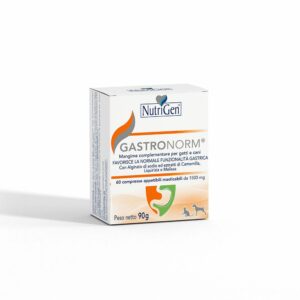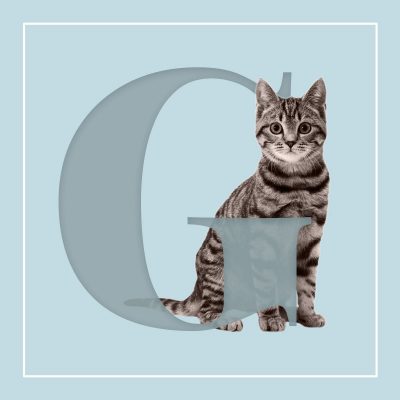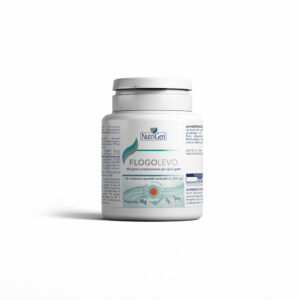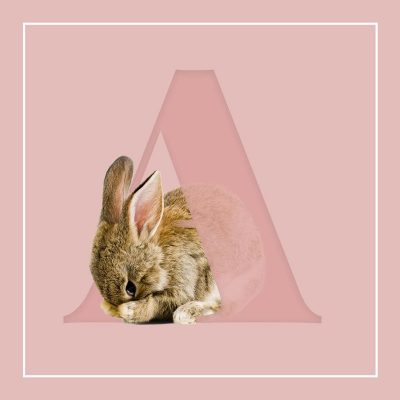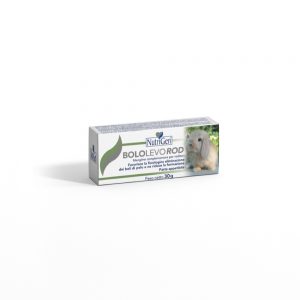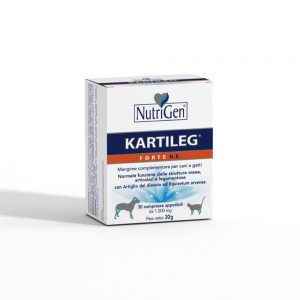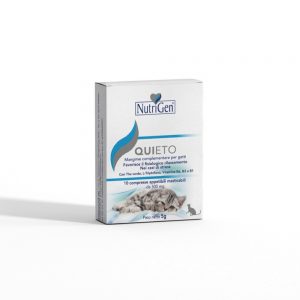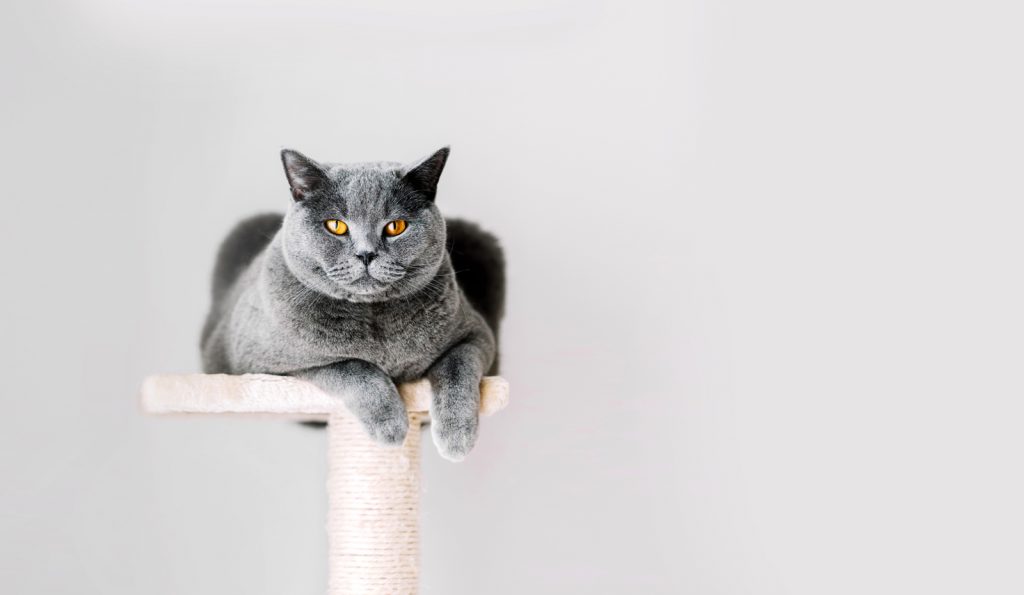The Cat is one of the cleanest animals we ever met, indeed it spends a lot of time during the day on its personal hygiene, licking fur, paws, private parts and even reaching its head with the help of its paws. This scrupulous attention to its hygiene, however, predisposes it to a very common problem, especially in animals that live indoors and are not very active: hairballs!
What are hairballs?
When our cat licks itself, its tongue, rich in hook-shaped textures, can hook dead hairs, which eventually end up in the mouth and are swallowed. If there are only a few hairs, they usually pass into the intestine and are expelled without too many problems, but when there are a lot of hairs, they can aggregate to form balls of varying sizes called hairballs.
What are the symptoms of the presence of hairballs?
Hairballs may remain in the stomach or progress into the intestines. If they get stuck in the stomach they can cause dry cough (we have the sensation that our cat has something in his throat), vomiting and nausea with a decrease in appetite, and finally gastritis, often of slight entity. If hairballs are actually in the intestines, they can cause constipation to the point of blocking intestinal transition completely.
What can be done to help our cat?
For sure, the formation of hairballs is more problematic in animals that are sedentary, live indoors, have a small food choice and do not have access to grass, a natural source of fiber that helps reduce the formation of hairballs. It is therefore essential to play with the animal every day, give it a proper food containing fibers, useful for intestinal transit, plant a pot of catnip, which in addition to being an excellent environmental enrichment for our animal, will also be a source of fiber to eat when necessary, brush the cat as often as possible, especially during the moulting period, and check that it does not have nausea or too much hair in the stool.
Are there any products you can use?
Of course, it is possible to give once or twice a week some pastes specially designed for hairballs in cats, paying attention to the type of paste you choose. There are many pastes on the market, some of which contain petroleum jelly or petroleum derivatives that help in the progression but are definitely not natural. Other pastes contain chemicals that can irritate our pet’s intestines. Natural pastes made from vegetable oils and malt are definitely to be preferred. During the moulting period we can facilitate the change of coat by feeding products based on biotin, so as to shorten the period in which the loss of hair occurs and promote the growth of a healthier coat.
Dr. Paola Zintu, veterinarian
-
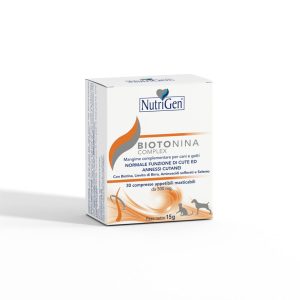 Biotonina ComplexFrom: € 23,40
Biotonina ComplexFrom: € 23,40 -
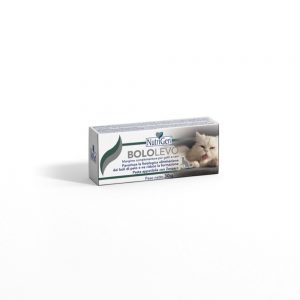 BololevoFrom: € 11,50
BololevoFrom: € 11,50
NUTRIGEN’s advice:
Bololevo: paste that facilitates the progression of hairballs, with the addition of Aloe and Ginger, natural ingredients with anti-inflammatory and anti-emetic properties, useful to reduce discomfort and nausea caused by hairballs.
Biotonina complex: appetizing tablets based on Biotin and spirulina, useful ingredients to give energy to our pets, to shorten the moulting period and to promote the growth of a healthy and shiny coat.

